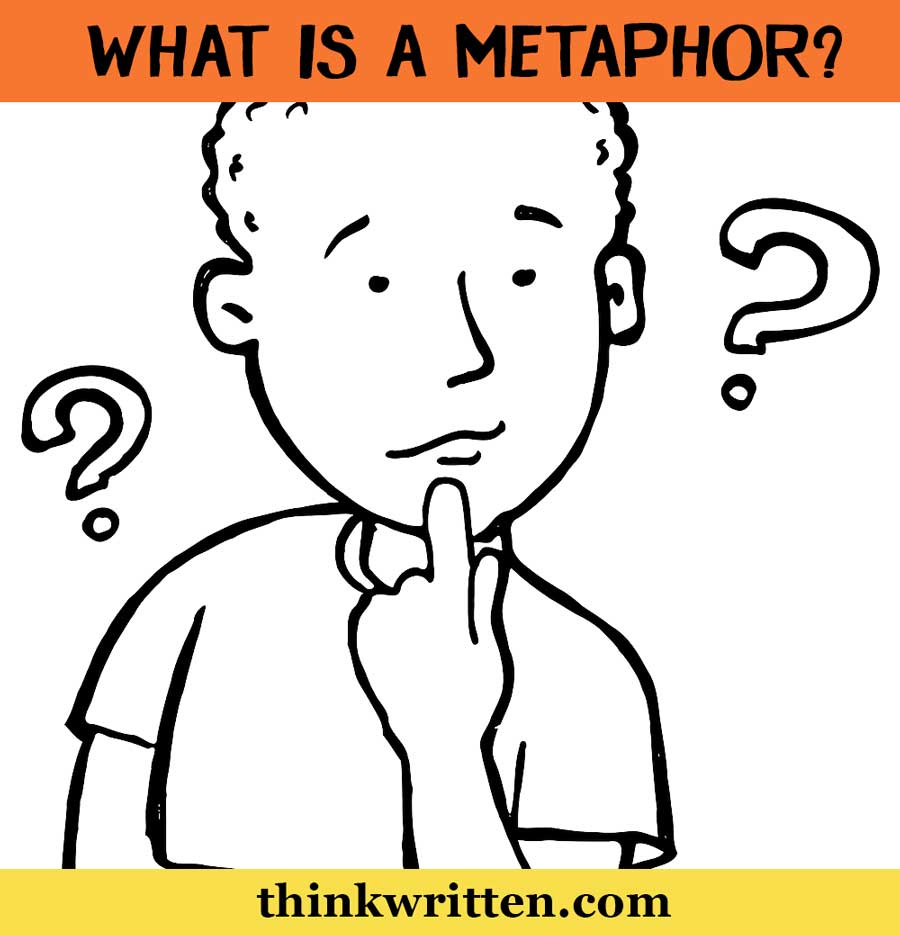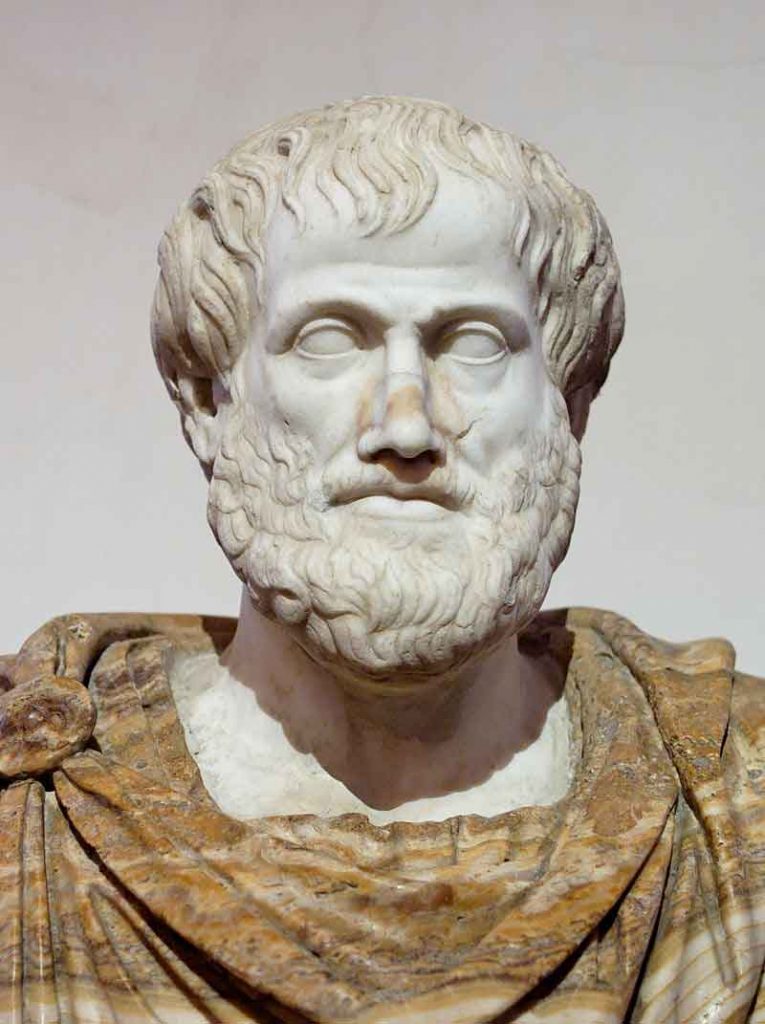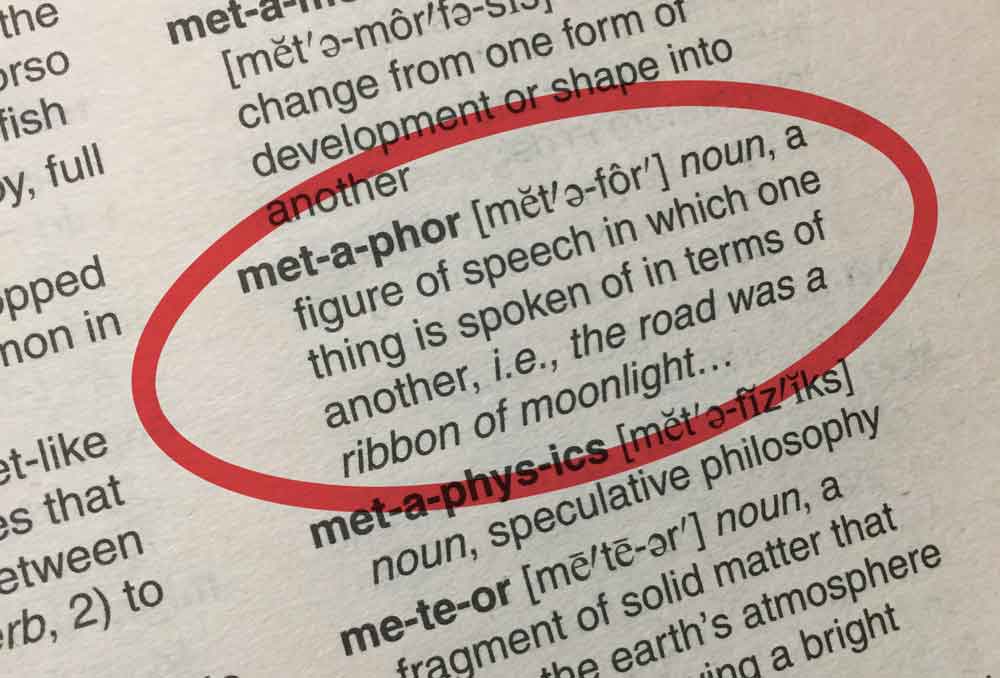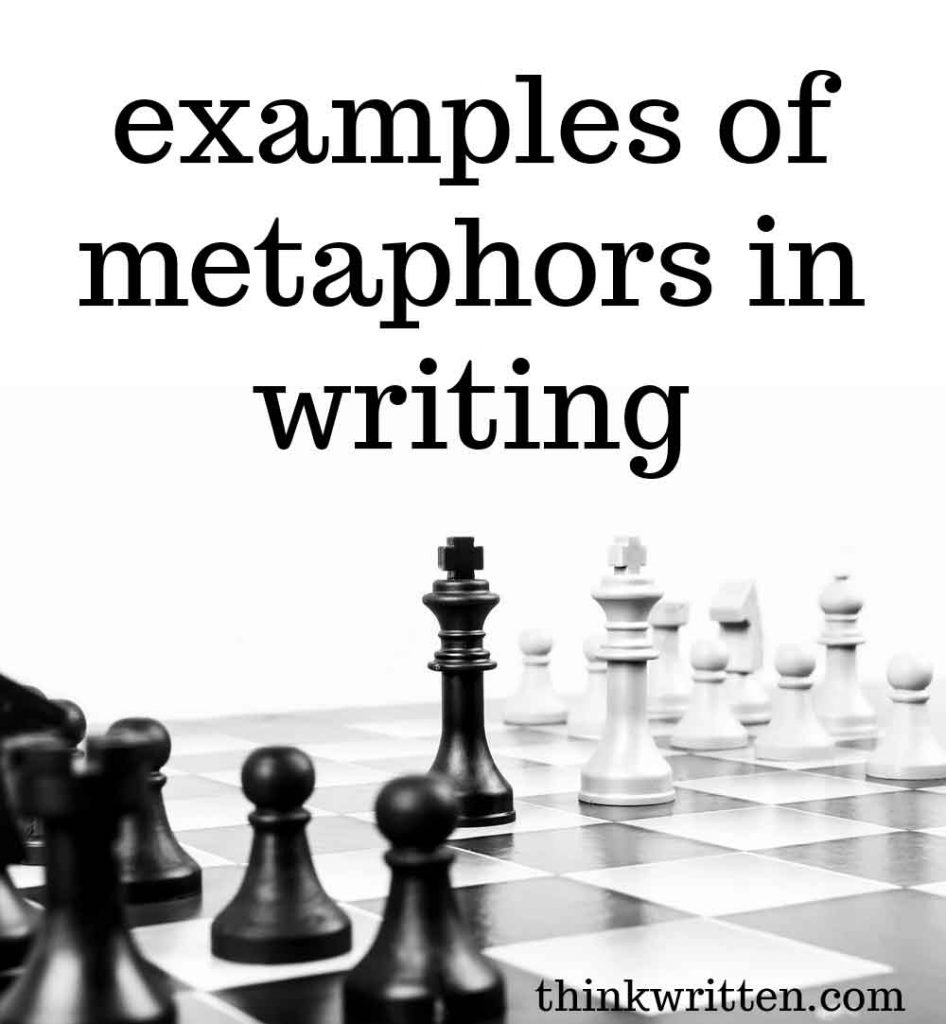We may receive a commission when you make a purchase from one of our links for products and services we recommend. As an Amazon Associate we earn from qualifying purchases. Thank you for support!
Today we’ll look at what a metaphor is, share examples of metaphors in writing, and give some tips for how to use metaphors when writing.

Metaphors are some of the most effective tools for adding color and emphasis to your writing. Although they serve many of the same functions as similes, they are generally much more subtle and poetic.
In fact, the Ancient Greek philosopher Aristotle thought of metaphors so highly that he considered their mastery “a sign of genius.”

Metaphors defined
Metaphors are figures of speech in which one thing is spoken of in terms of another.

Frequently, metaphors compare people or events to inanimate objects or natural occurrences. Even when the two things being compared are seemingly unrelated to each other, the use of a metaphor makes the reader understand that the comparison isn’t literal.
The word “metaphor” comes from the 16th-century French word métaphore, which in turn is derived from the Latin word metaphora, which means “carrying over” or “to carry across.” The word metaphor, therefore, suggests the carrying over of a shared characteristic or quality across two different things.
See Related Post: Allusion in Writing
The purpose of metaphors

The most basic function of a metaphor is to impart a bit of emphasis and color to what a writer is trying to express. For instance, describing someone as having a “sea of knowledge” means that the writer considers that person extremely wise or knowledgeable.
In this particular example, the “sea” and “knowledge” obviously do not have a literal relationship with each other. Even so, they share the qualities of being large or immense, as well as being difficult to measure. By using them both in a comparative statement, most readers would understand that the writer is alluding to the person’s vast and immeasurable knowledge.
Why are metaphors so important?
Using metaphors are useful for adding detail to your writing and making it more powerful. They can impart essential sensory details and make your story or message more interesting to the reader. Used effectively, metaphors can make your words more real and give your readers a more meaningful connection to a character or scene.
Metaphors also spur on the imagination of your readers, enabling them to form a new and more in-depth understanding of familiar ideas. They can also help readers better understand a topic that would otherwise be vague or confusing to them.
Things to keep in mind when using metaphors
One of the risks associated with using metaphors is the tendency for readers to be confused about what the writer is trying to express.
Often, there is a need to examine the context in which the metaphor is used. Depending on the particular usage, a metaphor could affect the meaning of the phrase in different ways.
It is also worth noting that some writers may include a phrase that is commonly used as a metaphor without necessarily comparing two things with each other.
When describing someone as having a “broken heart”, for example, the writer may not necessarily be alluding to the subject’s heart. Instead, the phrase “broken heart” may simply be used because of its familiarity as a figurative expression.
Examples of metaphors

Metaphors are fairly common in everyday language, so much so that most of us don’t even give them a second thought. Many of the expressions that we commonly use in written and spoken language are, in fact, metaphors.
Among these are phrases such as “heart of gold”. Some metaphors may also refer to other people in unflattering terms such as a “snake”, a “pig”, or a “shark”.
Here are some more common examples:

“All religions, arts, and sciences are branches of the same tree.” – Albert Einstein
In this particular example, Einstein obviously wasn’t talking about horticulture. But his association of religion, art, and science with a tree suggests that he believed that they were all part of a bigger whole.
“The running back carried the entire team on his back the whole game!”
This is commonly heard in sports where metaphors are frequently used. Instead of visualizing an entire team being carried on a single player’s back, it would be more accurate to get a picture of the player performing more than is typically expected.
“You were a total rock star at the last sales meeting!”
This suggests that the object of the metaphor performed exceptionally well during the last meeting. Rock stars are often seen as larger-than-life characters capable of astounding feats. By being compared to a rock star, the object is considered as having performed outstandingly well.
The use of metaphors is rife in literature throughout the ages. In William Shakespeare’s Romeo and Juliet, the following line is written:
“But soft, what light through yonder window breaks? It is the east, and Juliet is the sun!”
Considered one of the most famous metaphors in the English language, it compares Juliet to the sun, suggesting the radiance of her beauty. The absence of comparing words such as “like” or “as” further emphasize how Romeo was impressed with Juliet.
In Khalil Gibran’s Sand and Foam, we read the following example:
“Our words are but crumbs that fall down from the feast of the mind.”
In many ways, this particular metaphor is quite similar to other commonly used–and abused–metaphors such as “the tip of the iceberg” or “a mere shadow.” These metaphors suggest that what we are seeing is only a fraction of what remains hidden or concealed.
But unlike those other metaphors that border on the cliché, Gibran’s sentence adopts a more creative and original approach. It also utilizes two different comparisons in one metaphor, by comparing “words” to “crumbs” and “mind” to “feast”. This usage makes the metaphor much more powerful and evocative to the reader.
The next example comes from Sylvia Plath’s Metaphors. Here, the sentence simply reads;
“I’ve eaten a bag of green apples.”
The simplicity of this particular example arguably makes the message more powerful once you figure out what the author is trying to express. But it also makes the metaphor a bit more difficult to comprehend. In fact, many of Plath’s poems–this one included–are rife with figurative language, much of which can be challenging to understand.
But the meaning of this particular metaphor can be deduced by knowing what the poem is about, which is Plath’s pregnancy. It is, therefore, safe to assume that the line alludes to morning sickness, the symptoms of which could be similar to consuming a bag of sour green apples.
Metaphors are common in pop culture as well. In Disney’s Aladdin, the following phrase is used:
“Seek thee out the diamond in the rough.”
This line is only one of many in the film that compares humans to jewels and gemstones. This particular example alludes to Aladdin as a “diamond in the rough”, suggesting that despite his rough and unpolished state, he could go on to achieve great things.
Finally, from singer Pink comes this line from her song God Is a DJ:
“God is a DJ, life is a dance floor, love is a rhythm.”
Again, this metaphor combines more than one comparison in a fairly lengthy phrase. As in Khalil Gibran’s Sand and Foam, this approach helps create a more powerful image.
In this case, it encapsulates the entirety of the world within the confines of a nightclub. And because the song is likely played in nightclubs, club-goers are presumably able to relate their more fleeting experience to loftier and more significant concepts.
As you can see, metaphors can add richness and color to what would otherwise be drab and straightforward writing. Learn how to utilize metaphors effectively, and you could add more depth and expression to your written work.
Do you have any questions about metaphors or examples of metaphors you are familiar with? Share your thoughts in the comments section below!





